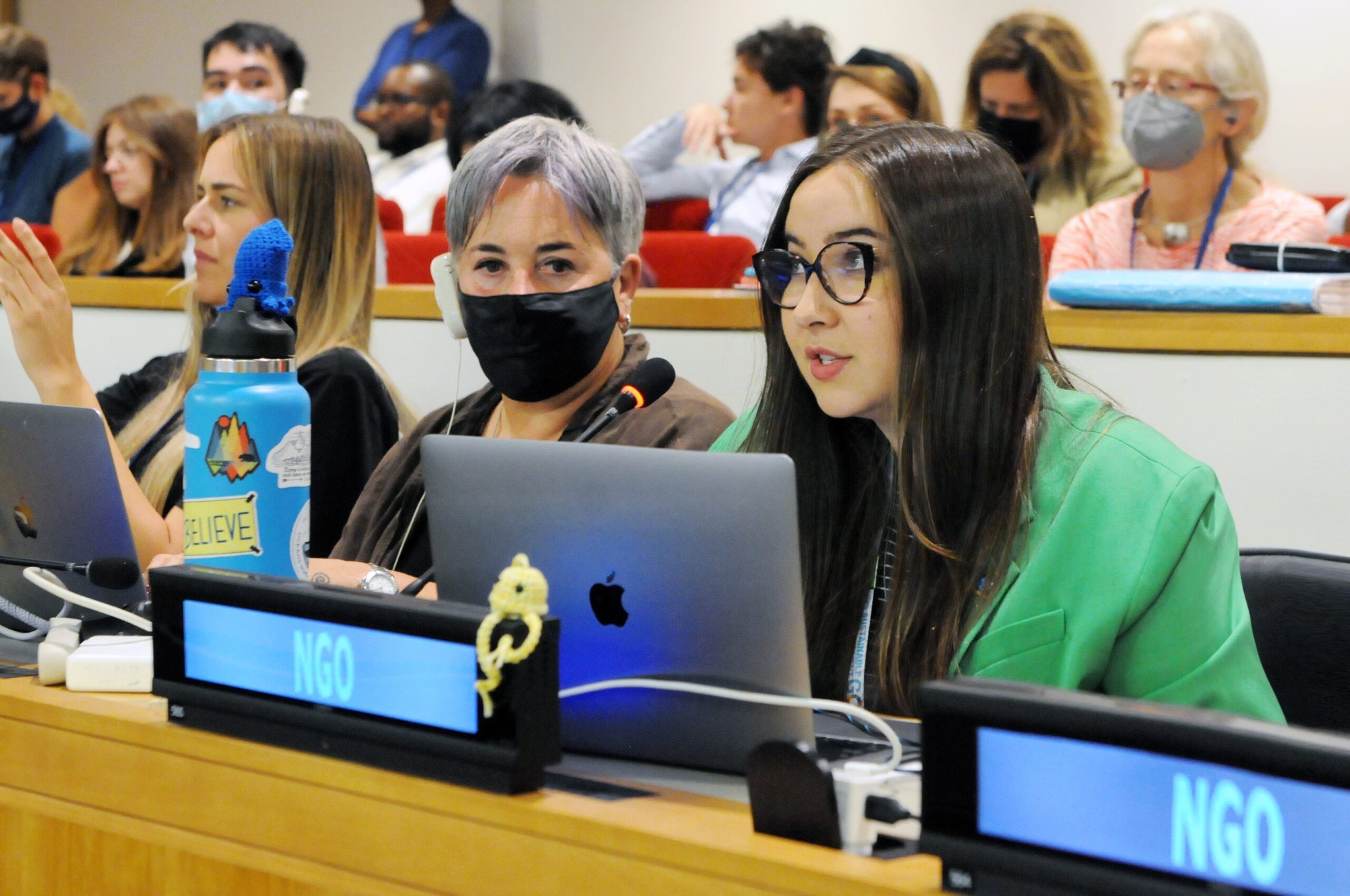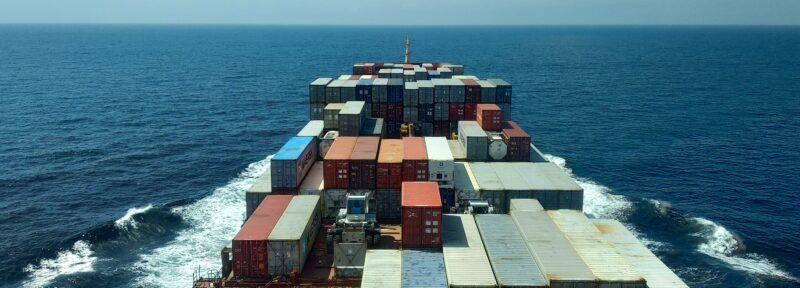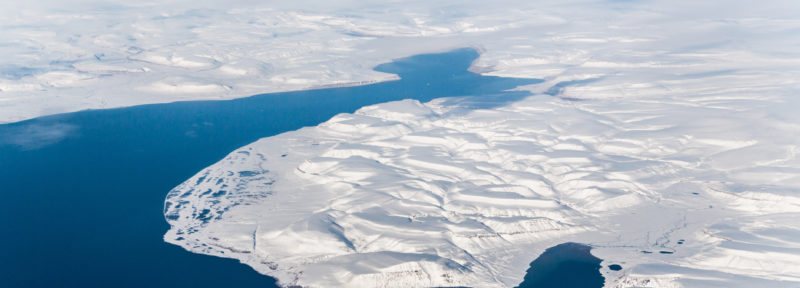A High Seas Treaty Was Agreed Upon. Where Do We Go Now?
International Policy Advisor Nicole Zanesco at the United Nations during BBNJ negotiations.
ᐃᓕᓴᕆᔭᐅᔪᖅ: IISD (Earth Negotiations Bulletin)
Two years have passed since my first blog post about the United Nations Treaty for Biodiversity Beyond National Jurisdiction (BBNJ)—the international agreement that, if reached, would help protect the high seas and all the life that depends on them.
In each blog I wrote since, I used the Arctic tern’s epic migration across the high seas to measure the progression of the Treaty process. In March 2022, during the fourth round of treaty negotiations, the terns who nest along Canada’s Arctic and Atlantic coastlines were feeding in Antarctica, preparing to make the 40,000 mile trip back home. In August 2022, while states, scientists, and civil society were in New York for the fifth (and what was supposed to be the final) round of negotiations, the terns were finishing raising their chicks in the northern hemisphere before leaving for the productive waters of the southern ocean.
It’s April now, and as a new generation of terns makes their own journey across the vast expanse of the high seas, we at last have a treaty that has the power to protect the ocean they will spend so much of their life traversing. On March 4th, 2023, after almost 20 years and a final 36-hour session of sleepless negotiations, countries reached a new landmark agreement—an announcement met with thundering applause and tears (of joy and relief).
The BBNJ Treaty, which covers ⅔ of the global ocean and encompasses a package of issues spanning environmental impact assessments, area based management tools, and capacity building, is a historic achievement in international environmental law. At a time when global biodiversity is decreasing, climate change is wreaking havoc on ecosystems and communities, and policy is failing to hold industries accountable for their impacts, a treaty dedicated to protecting biodiversity is sorely needed.
States must now ratify the treaty to ensure it comes into force as soon as possible. It’s a crucial piece in the global ocean governance puzzle that will allow us to mend the gaps created by a patchy network of governance bodies focused primarily on industries, not biodiversity.
Without it, we will not be able to reach our collective agreements to protect 30 percent of the world’s lands and waters by 2030, halt and reverse biodiversity loss, or uphold the UN Sustainable Development Goals.
Canada is uniquely positioned to champion the ratification of the BBNJ Treaty and should be one of the first countries to do so. Canada’s international treaty ratification process is relatively streamlined, and our environmental commitments and history of ocean leadership have primed us to lead the way. We need 60 countries to ratify the treaty before it can come into force, and Canada should endeavor to do so before 2025.
The science shows that climate change driven by human activities is causing widespread weather, resource, and climate impacts that are disproportionately affecting already vulnerable ecosystems and human communities. If we want to mitigate these threats, it is up to states like Canada to follow through on their many commitments and put words into action. The BBNJ Treaty opens up a world where sections of the high seas can be set aside as protected areas, where industries will be held to higher environmental impact assessment standards, and where states will be contributing to increasing equity through capacity building. There is no more time to waste if we want future generations—of humans, Arctic terns, and all life that relies on the high seas—to enjoy a healthy ocean.





